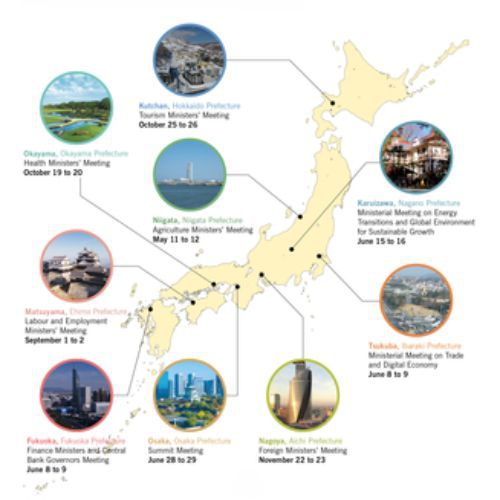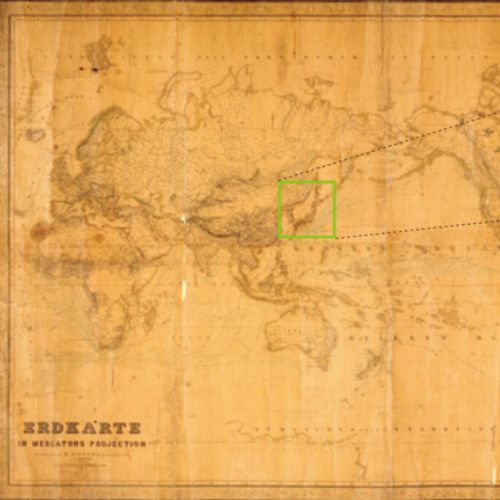Previously, surgeons only had their individual skills to rely on. Now that has been transformed by high-tech in the surgical theater: teamwork is led by Japanese medical science and middleware technology.
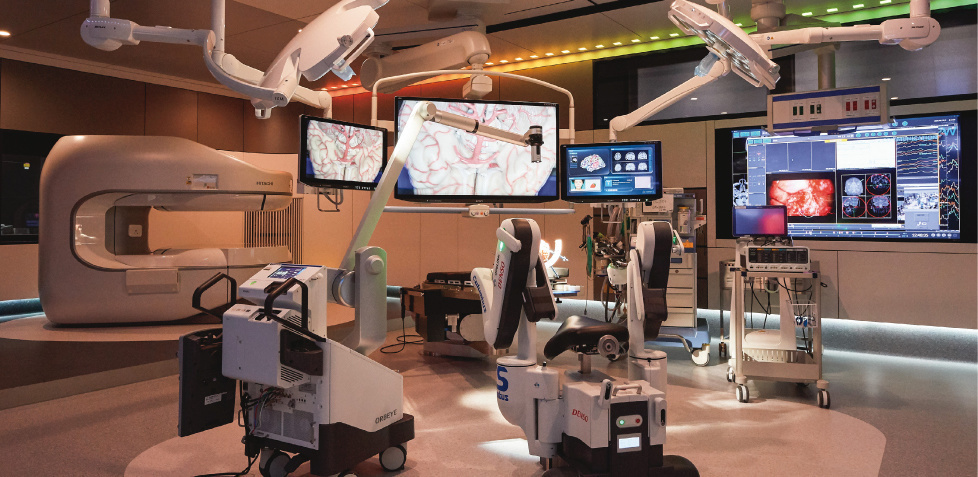
The interior of Hyper SCOT at Tokyo Woman’s Medical University, equipped with leading-edge technology, including a robot bed, open MRI, and organic electroluminescent lighting. More than twenty medical devices are networked via OPeLiNK, forming a futuristic space resembling an aircraft pilot’s cockpit.
The world debut is soon coming for the futuristic Smart Cyber Operating Theater (SCOT®), in which Japanese technology companies bring their expertise, such as utilizing the Internet of Things (IoT), to the site of leading-edge medical practice. When the medical devices and equipment in an operating theater are connected and linked to a network, vast amount of data concerning the progress of the operation and the patient’s condition can be comprehensively processed to improve the precision and safety of the surgical procedure.
SCOT is an advanced system that integrates an open MRI scanner and a Surgical navigation system with other medical devices used during surgery, such as a rapid diagnostic test system, a 4K3D microscope monitor, and a surgeon’s cockpit. A prototype was constructed in 2016, and a fully-networked standard model was announced last year. This year, Hyper SCOT, the newest version, designed to incorporate advances in robotics and AI, became available for clinical research at Tokyo Women’s Medical University, whose staff used the newly integrated system for the first time to conduct a brain surgery in February, with successful results that confirm the value of this approach.
Professor Yoshihiro Muragaki of the Faculty of Advanced Techno-Surgery at the Tokyo Women’s Medical University, explains the significance of the break-through.
“Until now, operating theaters have been full of equipment working independently of each other, and data obtained from monitoring the patient, images of the surgical field, and the operating condition of the devices have been displayed without reference to each other, but with SCOT, all the data generated during surgery are synchronized on the same time axis. The data can then be shared over a network in real time with a Surgical strategy desk, enabling diagnose by third parties. The system accommodates telemedicine, allowing even a relatively inexperienced physician to perform advanced surgical procedures under the guidance of a fully-experienced physician.”
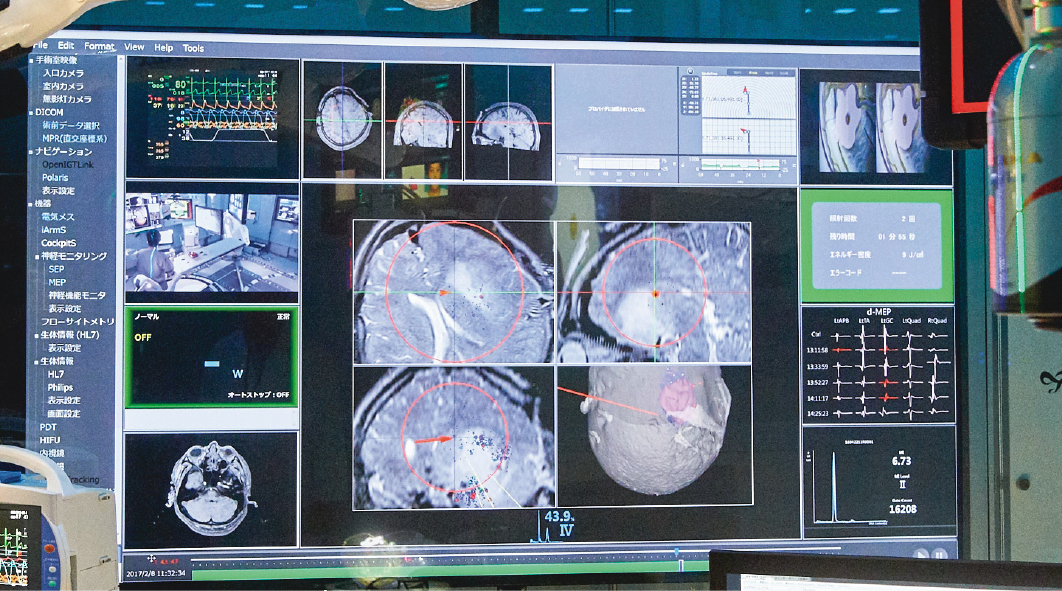
Ultra high-definition 4K monitors showing comprehensive information from various medical devices within the SCOT theater. The surgery navigation screen, along with ECG (electrocardiogram) and other physiological data, can be shared with distant medical centers.
The platform for connecting all the devices is the OPeLiNK® interface, sometimes called the “brains” of SCOT. The core technology of OPeLiNK is ORiN (Open Resource interface for the Network), which is industrial middleware that is now being used in smart factories around the world. The driving forces behind the development of SCOT were DENSO CORPORATION, a well-known Japanese automotive components manufacturer, and Professor Muragaki’s team. Jun Okamoto, a Ph.D. in engineering who is part of the team, says, “Surgical navigation is like an automotive navigation system because it shows the exact location of the body being operated on. But it also acts like a flight recorder on an airplane, keeping a record of all the details, such as the path of an electrical cautery knife used by the surgeon, and showing that on the screen, so that everything can be accurately verified during and after the operation. Information that was previously known only to the veteran surgeons is converted into data that other doctors can access.”
Another member of the development group, Hideki Okuda, General Manager of the Medical Business Department at DENSO CORPORATION, describes how his company, an automotive firm, approached the field of leading-edge medicine.
“In the automotive business, safety and human lives matter more than anything else. Accordingly, the Japanese automobile manufacturing sector, with its overriding concern for safety and reliability, is already has the right affinity for designing medical solutions that save human lives as well. The automotive industry already expanding its concept of an “automobile” from just a mobility device to a service that utilizes applications. Medicine is part of that—the age is coming where new values are created by introducing the IoT. In the near future, all the surgical data processed by SCOT will be stored in an OPeLiNK database. Plans are also underway for a service in which images of operations performed by top surgeons in Japan will be made available over the Internet as educational material for medical students in Japan and internationally. Then, if huge amounts of data can be stored in an accessible way, AI naturally comes into play. And SCOT has already cleared the first hurdles for that to happen.”
Now that it is equipped with OPeLiNK, the most practical platform in the world, the day is not far off when SCOT will become the primary used in operating theaters globally.
*SCOT® is a registered trademark of Tokyo Women’s Medical University.
*OPeLiNK® is a registered trademark of DENSO CORPORATION.
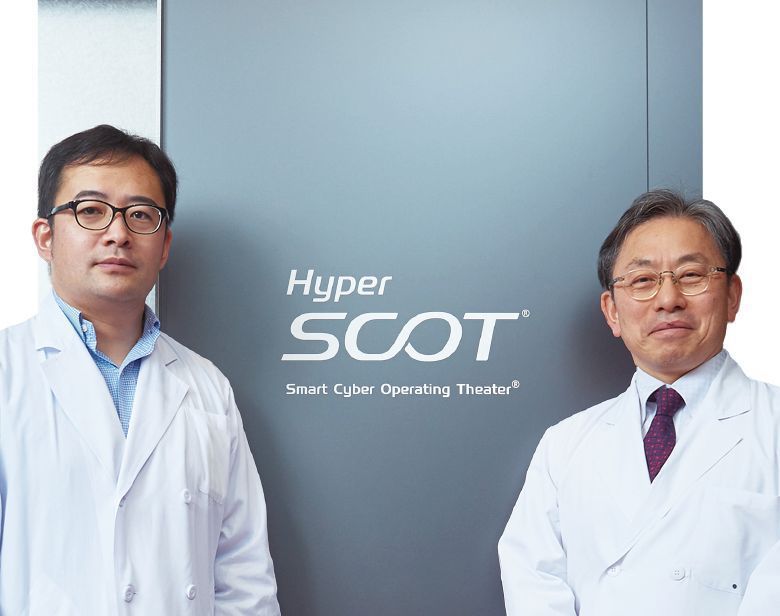
Dr. Jun Okamoto, Assistant Professor (left) and Professor Yoshihiro Muragaki (right) of the Faculty of Advanced Techno-Surgery, Tokyo Women’s Medical University. As an authority in neurosurgery, Professor Muragaki is a world leader in advanced medical science. Okamoto is a developer of iArmS, a surgery support robot.
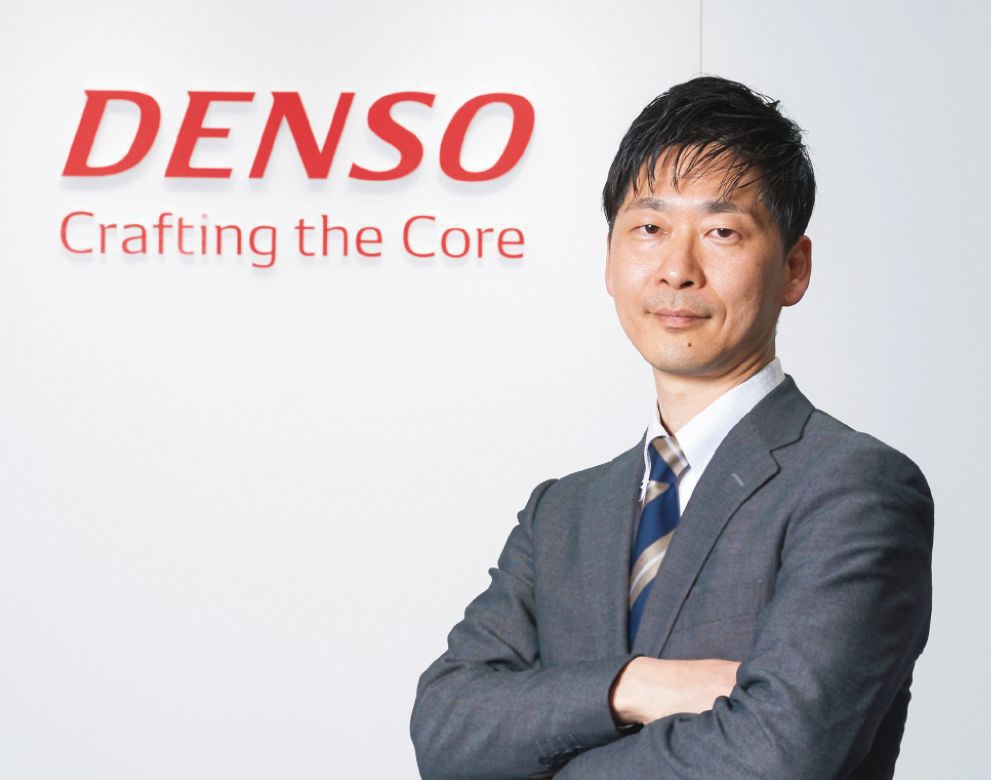
Dr. Hideki Okuda, General Manager of the Medical Business Department at DENSO CORPORATION. After gaining experience in the automotive industry, he has now become involved in researching robotics for medical applications. He has earned a ph.D. in medicine in the graduate school of Tokyo Women’s Medical University.



























